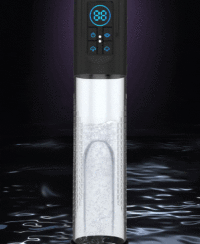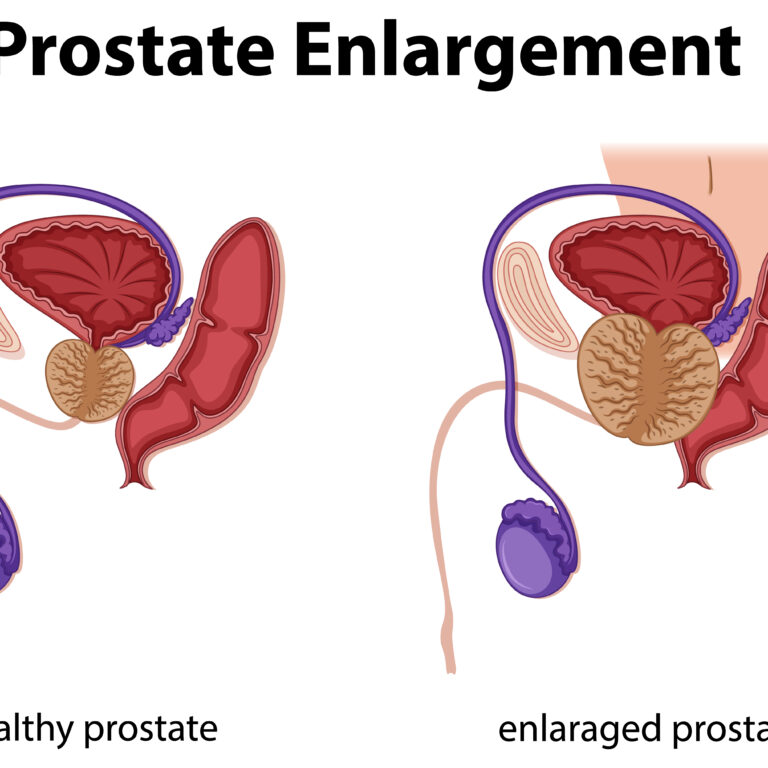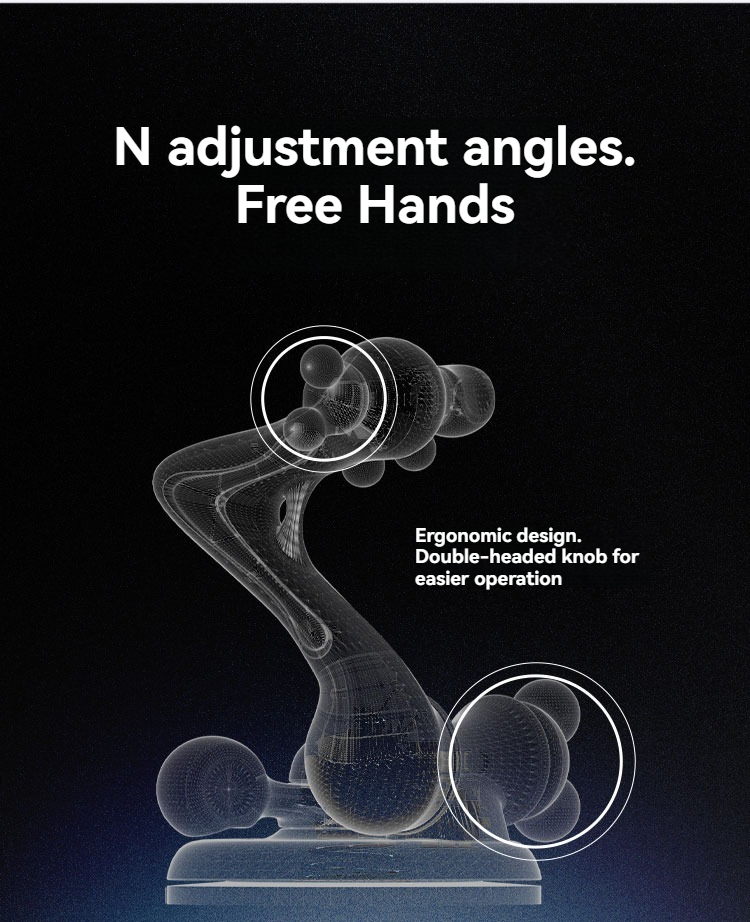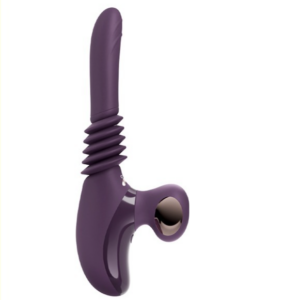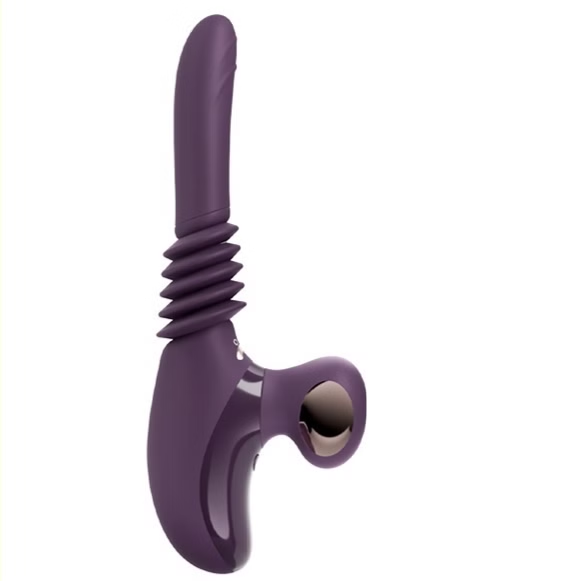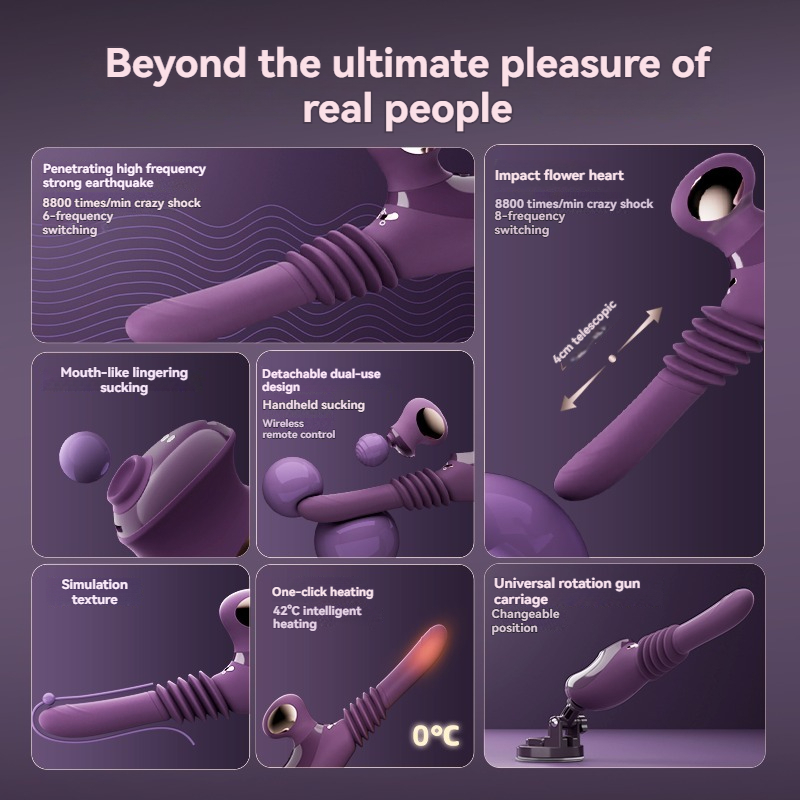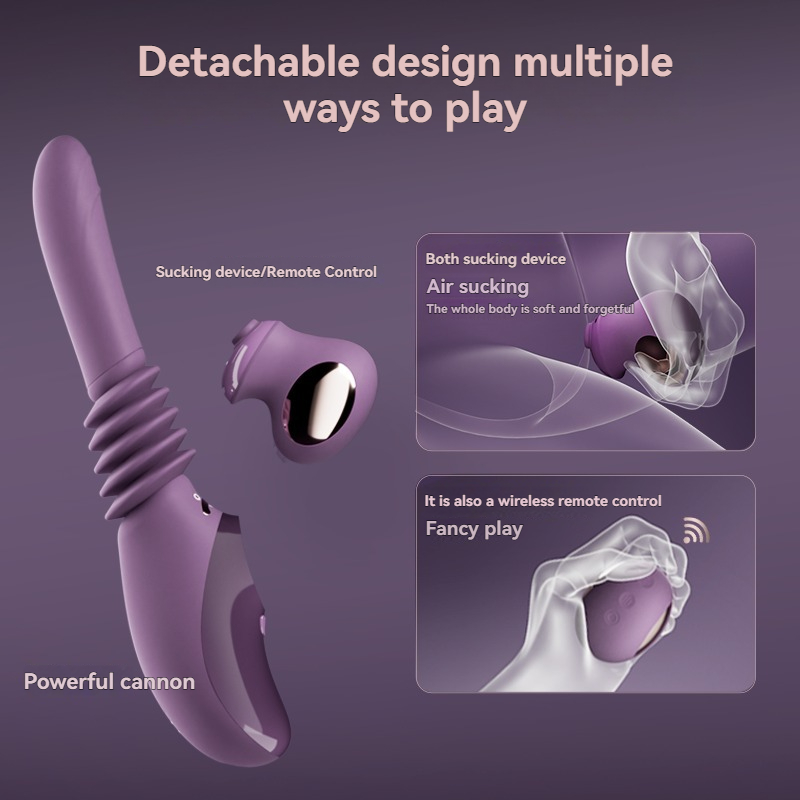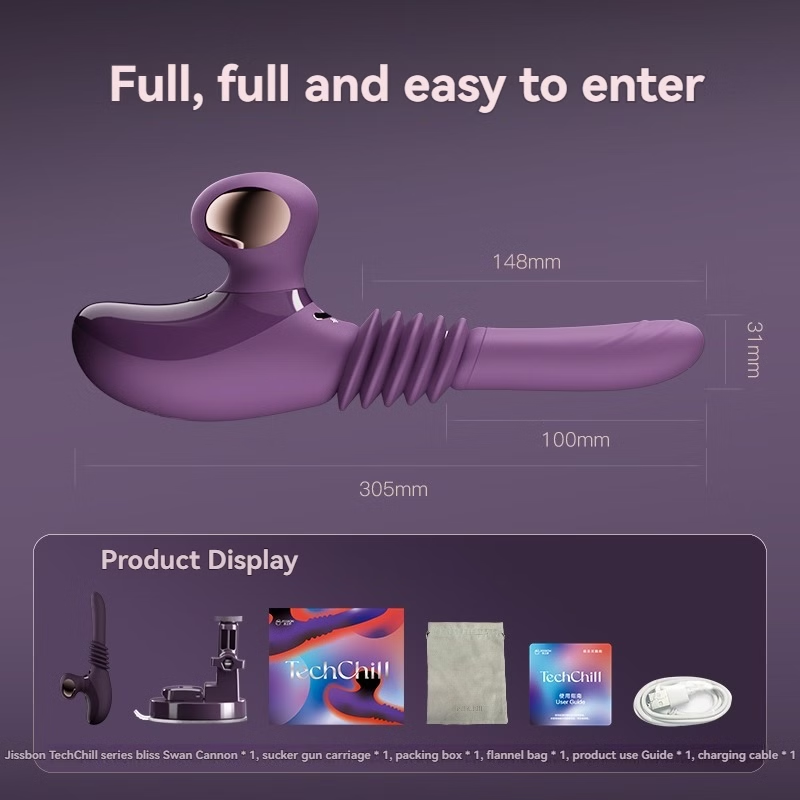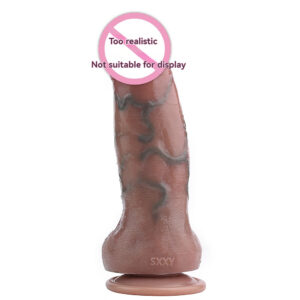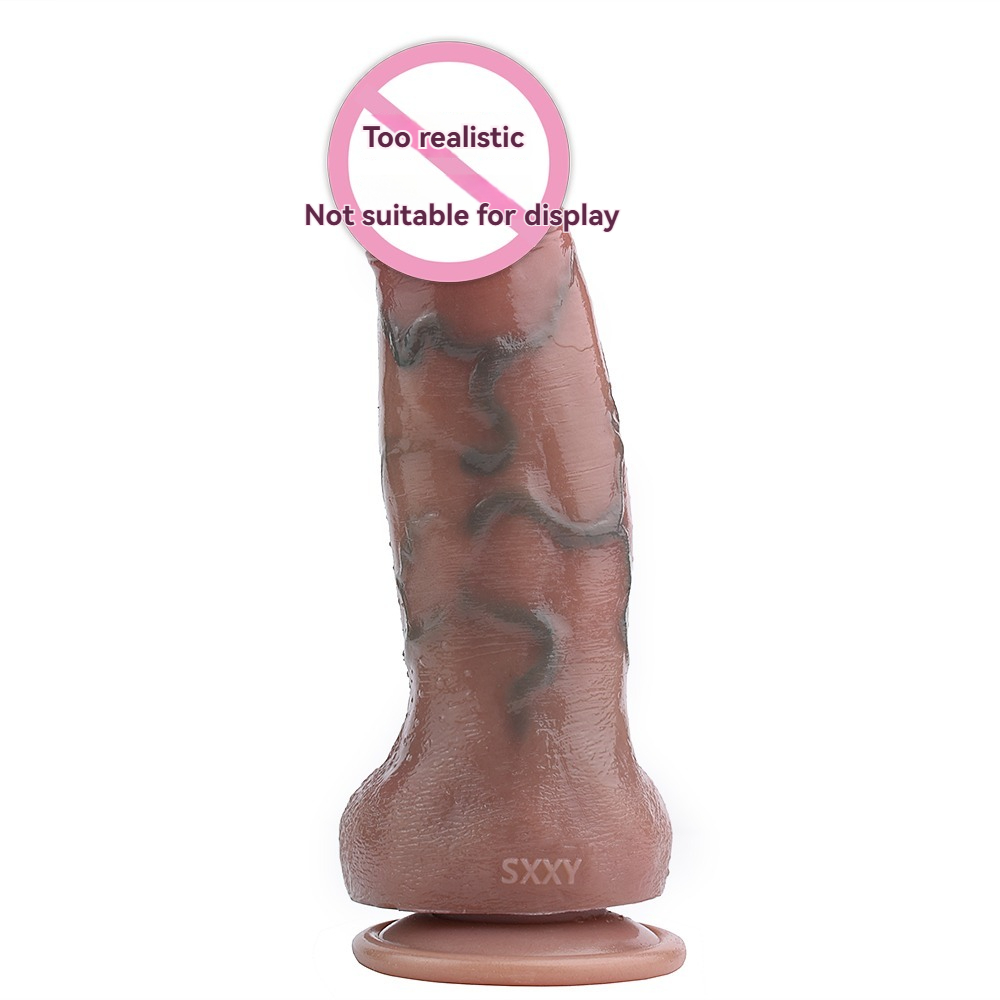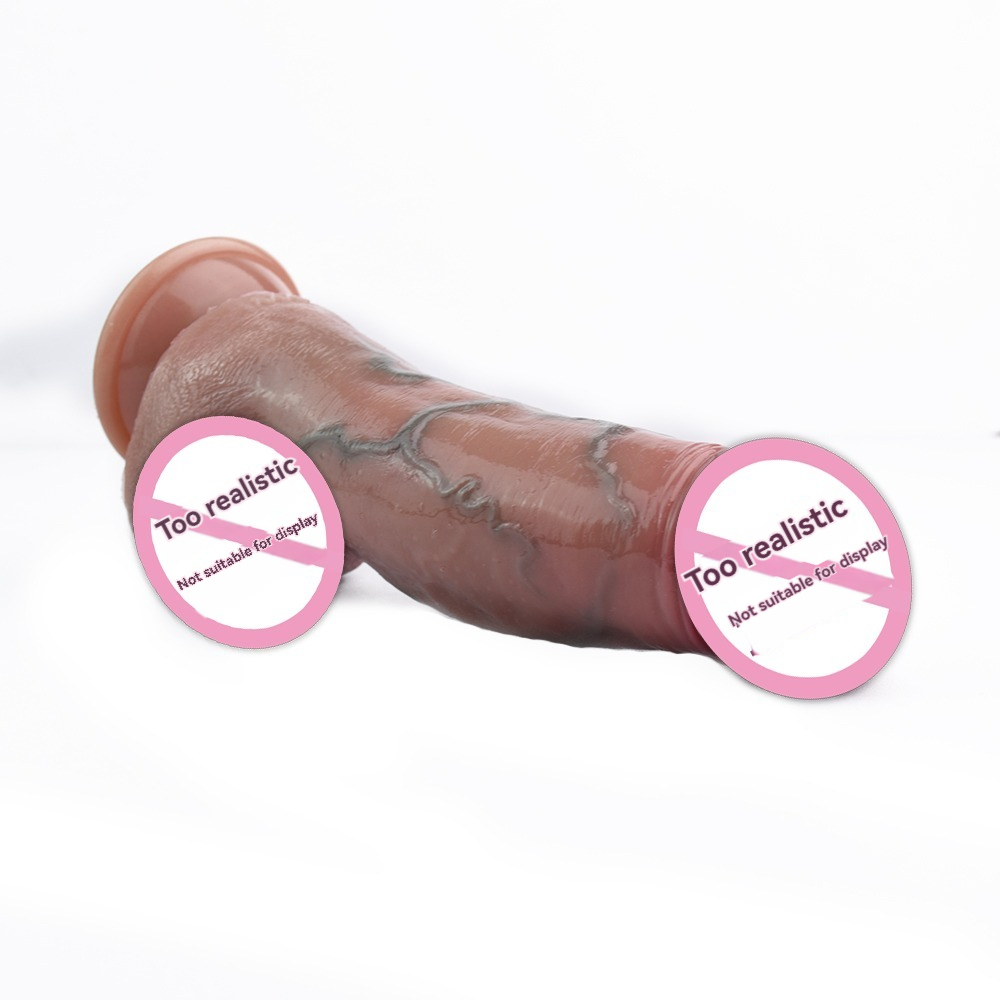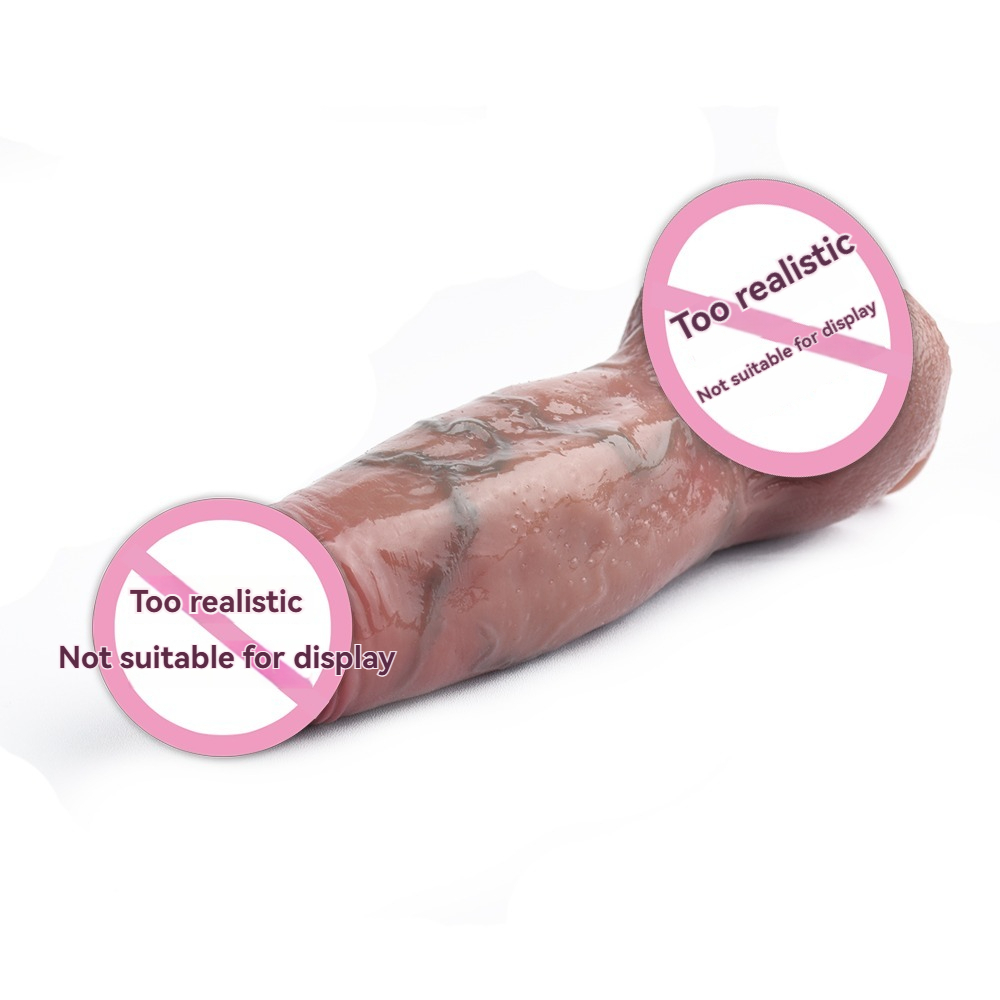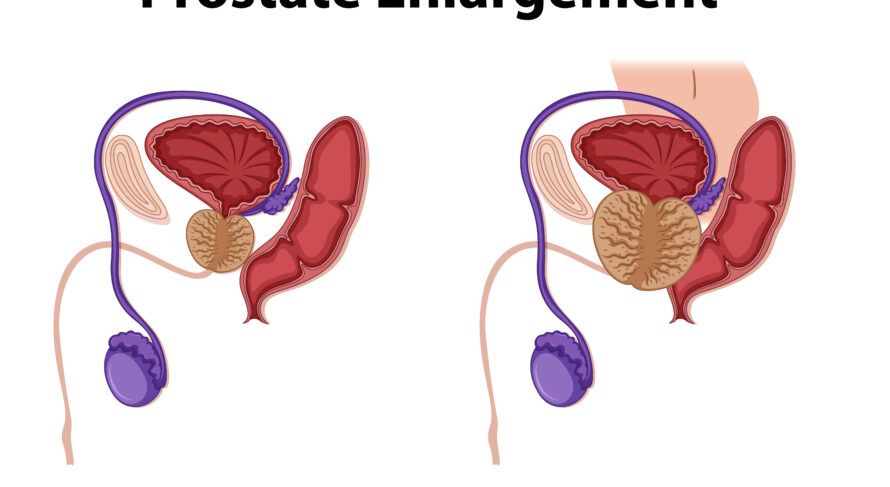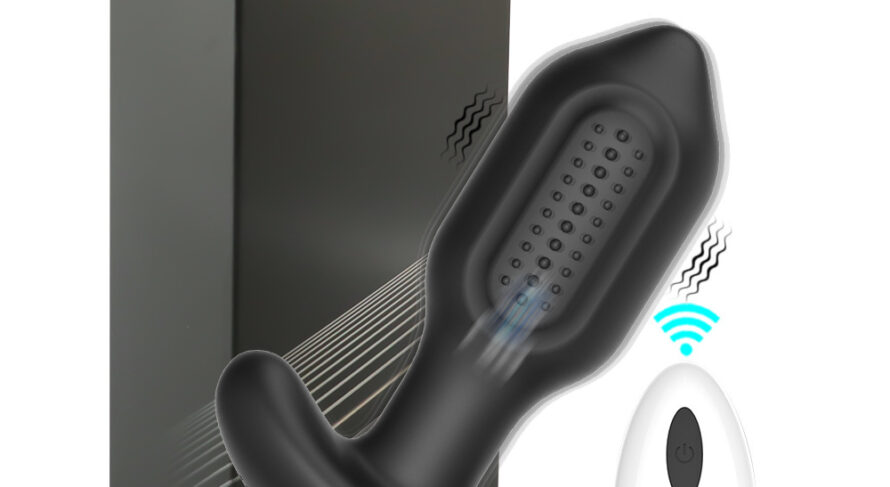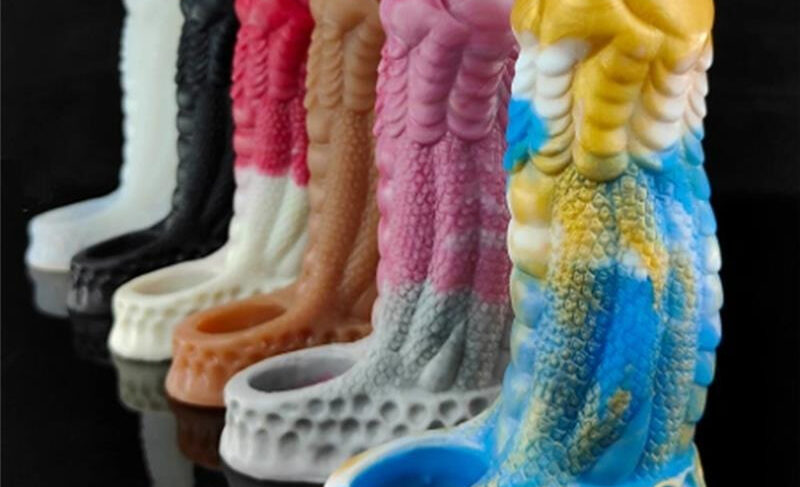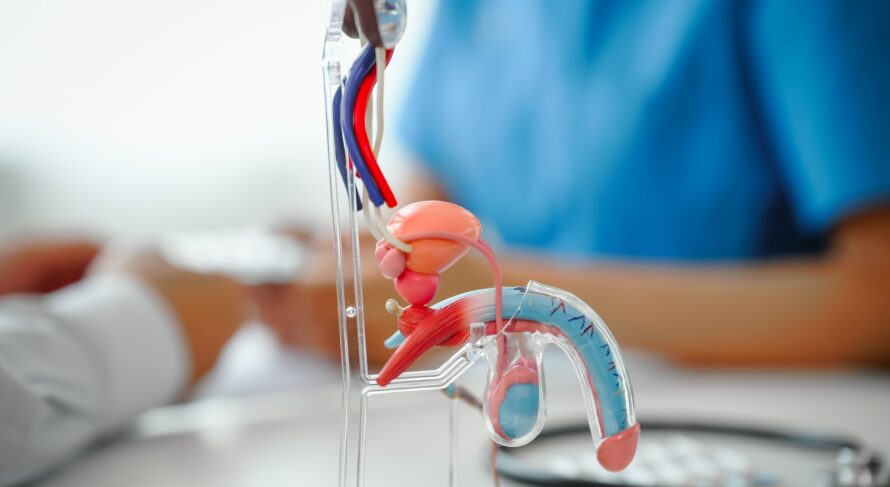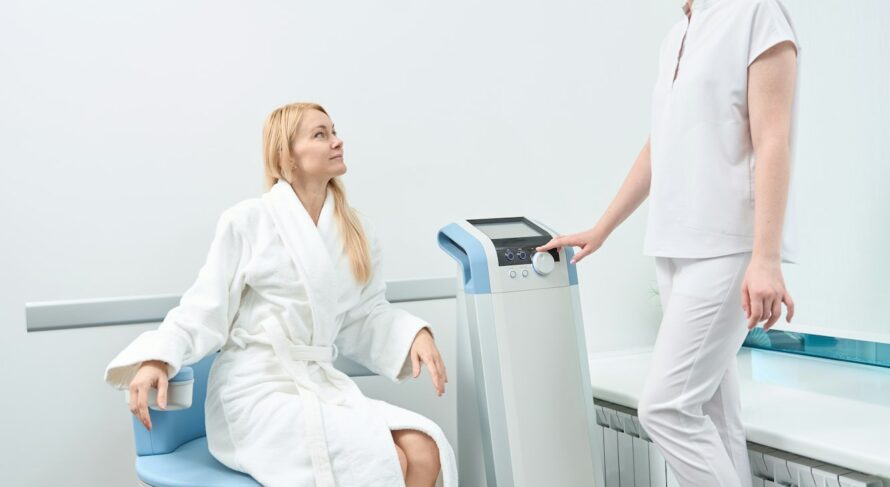Prostate Toys and Prostate Cancer: What You Need to Know

Key Takeaways
- Comprehensive Insight: This guide provides a deep dive into the world of prostate toys and their potential relationship with prostate cancer, offering historical context, scientific theory, modern technology, and practical strategies.
- Evolutionary Journey: Readers will learn how ancient methods of prostate stimulation evolved into sophisticated, smart devices designed to enhance sexual wellness and possibly support prostate health.
- Scientific & Clinical Perspectives: The guide explains the physiological benefits of prostate stimulation—including improved blood flow, nerve stimulation, and reduced stress—while also discussing current research on prostate cancer risks.
- Addressing Pain Points: Clear explanations dispel common fears and misconceptions, ensuring even those with zero prior knowledge can understand the topic fully.
- Actionable Strategies: Practical tips and step‑by‑step advice help users integrate prostate toys safely into their routines, complemented by expert insights and case studies.
- For premium, body‑safe products and expert advice, visit Sextoyforyou.store.
Table of Contents
- Introduction
- Background on Prostate Health
- Ancient Practices & Historical Evolution
- Evolution of Prostate Toys
- Modern Innovations & Smart Technology
- Scientific Benefits for Prostate Health
- Prostate Toys and Prostate Cancer: Research & Theory
- Actionable Strategies & Practical Tips
- Case Studies and Industry Statistics
- Frequently Asked Questions
- References
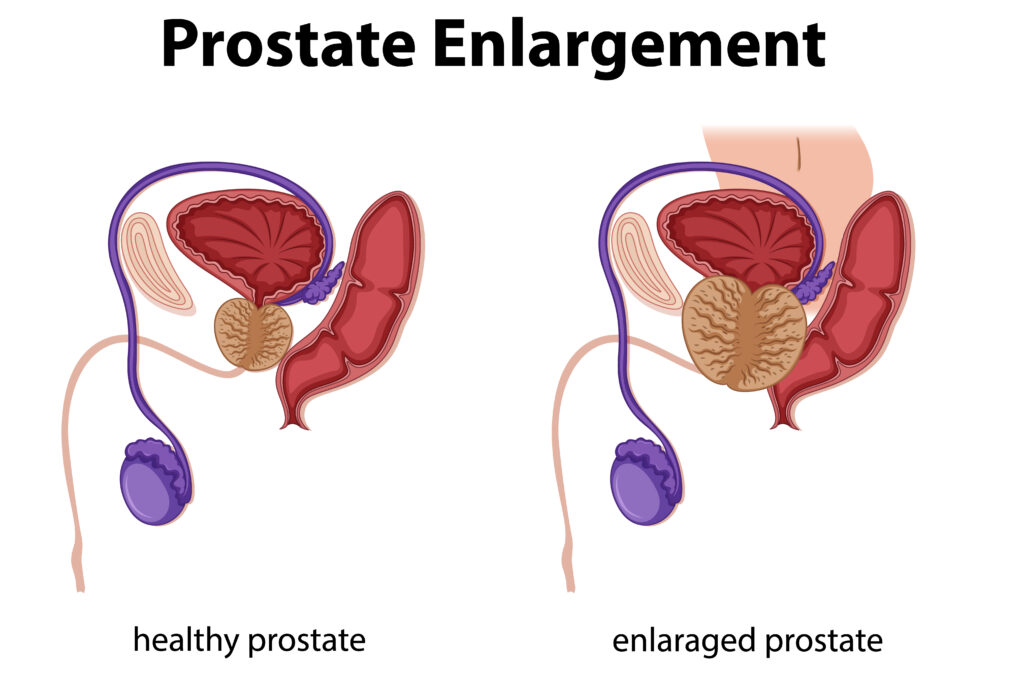
Comparison of Prostate Stimulation Methods: Traditional vs. Modern Approaches
| Aspect | Traditional Methods | Modern Prostate Toys |
|---|---|---|
| Materials | Natural objects such as stones, carved wood, and animal horns | Medical‑grade silicone, thermoplastic elastomer (TPE), advanced plastics |
| Design | Rudimentary, non‑ergonomic; manual application | Ergonomically designed with precise contours and customizable features |
| Technology | No electronic features; basic physical stimulation | Smart connectivity (Bluetooth, Wi‑Fi), app‑control, AI‑powered personalization |
| Hygiene | Limited cleaning methods with higher risk of contamination | Non‑porous, easy‑to‑clean surfaces with rigorous safety and hygiene standards |
| Health Impact | Basic stimulation with unclear long‑term benefits | Improved blood flow, nerve stimulation, and potential supportive role in prostate health |
Introduction: Understanding Prostate Toys and Their Connection to Prostate Cancer
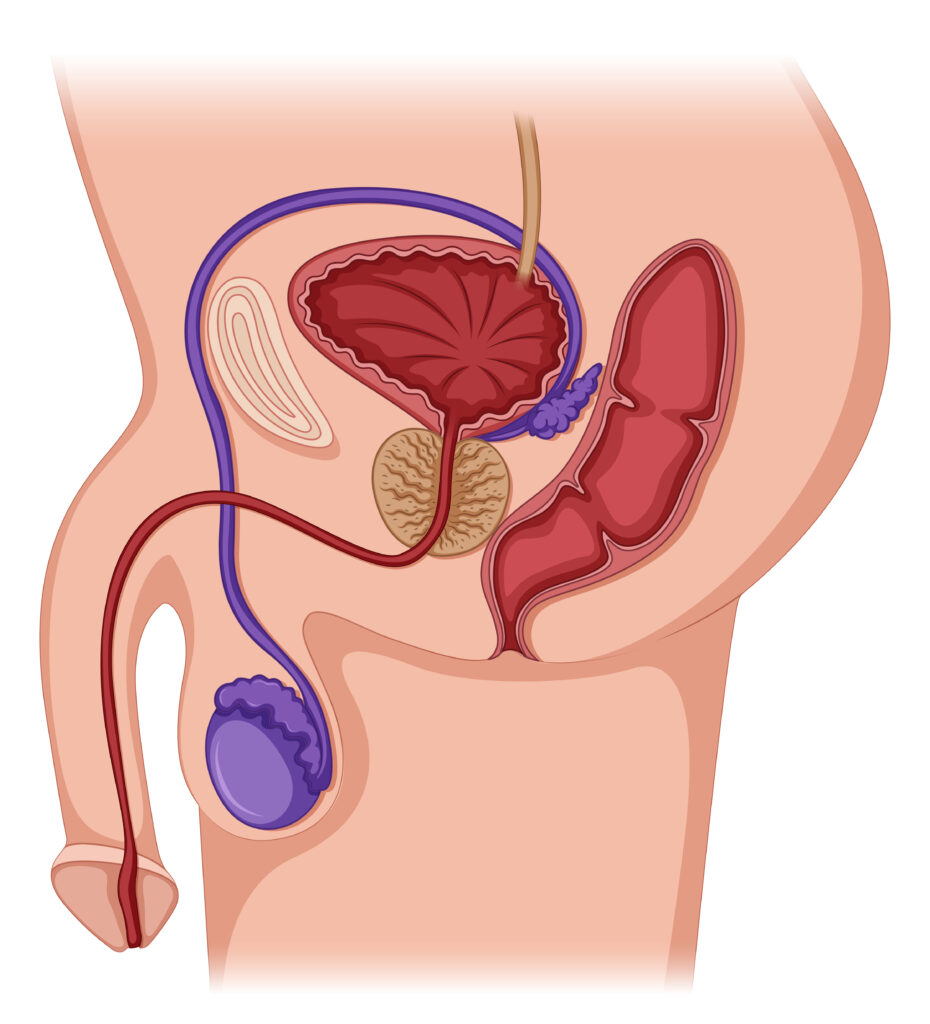
Welcome to an in‑depth exploration of prostate toys and their potential role in the realm of prostate cancer research. This comprehensive guide is designed for readers who have little to no prior knowledge of the subject. We will explain every detail—from the origins and evolution of prostate stimulation techniques to the modern, technologically advanced devices available today. In addition, we delve into the scientific theories and clinical research surrounding the benefits of prostate stimulation and its possible implications for prostate cancer. Whether you are a curious newcomer, an individual seeking enhanced sexual wellness, or a professional in sexual health, this guide offers actionable insights and a rich narrative that blends science, history, and real‑world examples.
If you are looking for premium, body‑safe products and expert advice on sexual wellness, we invite you to explore the exclusive range at Sextoyforyou.store. Our mission is to empower you with knowledge so you can make informed decisions about your health and intimacy.
Background on Prostate Health
The prostate is a small gland, roughly the size of a walnut, located just below the bladder in men. It plays a vital role in producing seminal fluid, which is essential for nourishing and transporting sperm during ejaculation. As men age, the prostate may become prone to a variety of health issues, including benign prostatic hyperplasia (BPH), prostatitis, and prostate cancer. According to the National Cancer Institute, prostate cancer is among the most frequently diagnosed cancers in men worldwide.
Maintaining prostate health is critical not only for sexual function but also for overall quality of life. Regular stimulation of the prostate can promote increased blood flow and nerve activation, which may help alleviate some of the common problems associated with an aging prostate. Although there is no definitive cure for prostate cancer through stimulation alone, emerging research has begun to explore whether regular prostate “exercise” could play a supportive role in reducing cancer risk by facilitating the removal of harmful substances and reducing chronic inflammation (Rider et al., 2016).
For many men, the subject of prostate health is shrouded in stigma and misunderstanding. Our goal is to demystify these topics, explaining complex medical and physiological concepts in a clear, approachable manner. Whether you are concerned about prostate cancer, looking to boost sexual performance, or simply curious about the potential benefits of prostate stimulation, understanding the fundamentals of prostate health is the first step.
Ancient Practices & Historical Evolution of Prostate Stimulation
Long before the advent of modern technology, ancient cultures discovered natural methods to enhance sexual pleasure and promote health. Archaeological findings reveal that early civilizations used natural objects—such as polished stones, carved wood, and even animal horns—to stimulate sensitive areas of the body, including the prostate. These objects were often imbued with spiritual significance and used during ritualistic practices intended to boost fertility, relieve pain, and enhance overall vitality (Döring & Pöschl, 2018).
Historical texts and cultural artifacts suggest that these early methods were not merely about physical pleasure. They served as a bridge between the physical and the spiritual, offering a holistic approach to health and well‑being. Over time, as societies developed and scientific understanding of the human body improved, these rudimentary practices gave way to more refined techniques. By the early 20th century, the advent of new materials such as plastic allowed inventors to design mechanical devices for prostate stimulation. Although these early devices were basic and often uncomfortable by today’s standards, they marked the beginning of a long evolutionary process that would eventually lead to the sophisticated, body‑safe prostate toys we see now.
Understanding this historical evolution helps us appreciate how the concept of stimulating the prostate has deep cultural and scientific roots. The transition from natural objects to engineered devices reflects a broader human desire to improve health and pleasure through innovation—a desire that continues to drive advancements in sexual wellness today.
Evolution of Prostate Toys: From Simple Devices to Smart, High‑Tech Tools
The evolution of prostate toys is a fascinating journey of innovation and refinement. Initially, devices designed for prostate stimulation were rudimentary, often improvised from everyday objects. With the rapid advancements in manufacturing techniques during the 20th century, early vibrators and manual massagers were introduced, laying the groundwork for future innovations. Although these early products lacked the ergonomic design and safety features we expect today, they represented a crucial step in recognizing the benefits of targeted prostate stimulation.
In modern times, the development of body‑safe materials such as medical‑grade silicone and thermoplastic elastomer (TPE) has revolutionized the field. Manufacturers now produce prostate toys that are not only safe for regular use but also designed with precise anatomical accuracy. These devices feature contoured shapes that are intended to fit comfortably against the male anatomy, ensuring that stimulation is both effective and pleasurable.
Moreover, modern prostate toys have embraced the digital revolution. Advanced models now incorporate motorized vibrations, adjustable settings, and even smart features that allow for remote control via smartphone apps. Such technologies enable users to customize their experience down to the minutest detail—from selecting the vibration pattern to synchronizing the device with music or other devices. This level of personalization is particularly beneficial for individuals seeking to optimize their sexual wellness while addressing common issues such as inconsistent stimulation and the challenges of maintaining intimacy in long‑distance relationships.
Modern Innovations & Smart Technology in Prostate Toys
The integration of smart technology into prostate toys represents the cutting edge of sexual wellness innovation. In today’s digital era, many modern prostate toys feature connectivity options that allow them to be controlled via Bluetooth or Wi‑Fi. This means that users can adjust settings through dedicated smartphone apps, offering a seamless and highly personalized experience.
Beyond basic connectivity, some devices incorporate artificial intelligence (AI) to learn user preferences over time. AI‑driven features can analyze usage patterns and automatically adjust vibration intensity, rhythm, and duration to match the user’s physiological responses. For couples in long‑distance relationships, the concept of teledildonics has opened up entirely new ways of sharing intimate experiences. By transmitting tactile sensations remotely, these devices help bridge the physical gap between partners, making intimacy more accessible and engaging regardless of distance.
Additionally, modern designs prioritize hygiene and safety. Advanced prostate toys are crafted from non‑porous, hypoallergenic materials that are easy to disinfect, reducing the risk of infection or irritation. This focus on both technological innovation and rigorous safety standards ensures that users can enjoy a high level of performance without compromising their health. The smart features not only enhance pleasure but also provide reassurance to users who might be hesitant to experiment due to concerns about cleanliness or effectiveness.
Scientific Benefits for Prostate Health and Sexual Wellness
Scientific research has shed light on the numerous potential benefits of regular prostate stimulation. One of the key advantages is improved blood circulation in the pelvic region. Enhanced blood flow can lead to better oxygenation of tissues, which may help in reducing inflammation and supporting overall prostate function. This is particularly significant because many prostate-related conditions, such as benign prostatic hyperplasia (BPH) and prostatitis, are associated with reduced blood flow and chronic inflammation.
Several studies published in journals like the Journal of Sexual Medicine have found that men who incorporate prostate stimulation into their routine often experience more intense and satisfying orgasms, along with a reduction in stress levels (Herbenick et al., 2010). Another important study by Rider et al. (2016) observed a correlation between frequent ejaculation and a lower risk of developing prostate cancer. While these findings are not conclusive enough to establish causation, they do suggest that regular stimulation could play a supportive role in maintaining prostate health.
Beyond physical benefits, the practice of regular prostate stimulation has psychological advantages as well. Many users report that engaging in this form of self‑care leads to increased relaxation, improved mood, and a greater overall sense of well‑being. These benefits can have a positive impact on sexual confidence and intimacy, contributing to a more fulfilling sex life. For those concerned about the potential risks, modern prostate toys are designed to be both effective and safe, provided that proper hygiene and usage guidelines are followed.
Prostate Toys and Prostate Cancer: Research, Theories, and Pain Points
Prostate cancer is a major health concern for men worldwide, and understanding its risk factors is critical for prevention and early detection. While the use of prostate toys is not a treatment for prostate cancer, emerging research has begun to explore whether regular prostate stimulation might have a supportive role in overall prostate health. The theory is that consistent stimulation could help “exercise” the prostate, improve blood flow, and facilitate the removal of potentially harmful substances that contribute to chronic inflammation—a known risk factor for cancer development (Rider et al., 2016).
Despite these intriguing insights, it is important to acknowledge the pain points and common concerns that many men have. For those who are unfamiliar with the concept, the idea of using a prostate toy may seem intimidating or even embarrassing. There is also a significant amount of misinformation circulating online, which can lead to confusion about the safety and efficacy of these devices. Moreover, while some epidemiological studies suggest a link between frequent ejaculation and reduced prostate cancer risk, medical experts caution that prostate toys should be viewed as a complementary tool rather than a standalone preventive measure.
The current body of research, including studies by the National Cancer Institute and the American Cancer Society, emphasizes that regular health check‑ups and screenings are vital for early detection of prostate cancer. Prostate toys, when used responsibly, may offer additional benefits by promoting prostate wellness, but they do not replace conventional medical treatments or preventative measures. This nuanced understanding helps address the concerns of skeptical readers and provides a balanced view that integrates scientific theory with practical advice.
Actionable Strategies & Practical Tips for Enhancing Prostate Health
For anyone interested in exploring the benefits of prostate toys—whether for improved sexual pleasure, better prostate health, or as part of a broader wellness routine—here are some practical, actionable strategies:
- Educate Yourself Thoroughly: Begin by researching reputable sources, including academic journals and established health organizations. Trusted websites like the Sextoyforyou.store provide detailed guides on product selection, usage, and hygiene. Knowledge is the first step to overcoming any hesitation.
- Start Simple and Gradual: If you’re new to prostate stimulation, start with a basic, manually‑controlled prostate toy. This allows you to get accustomed to the sensations without overwhelming complexity. As you become more comfortable, you can gradually explore advanced models with smart features.
- Experiment with Customizable Settings: Modern prostate toys often come with adjustable vibration intensities, patterns, and even AI‑driven personalization. Experiment with different settings to determine the most pleasurable and effective combinations for your unique physiology.
- Incorporate Regularly into Your Routine: Consistency is key. Integrate prostate stimulation into your regular sexual self‑care routine or couple’s play. Over time, regular use may help improve blood flow and support prostate health, contributing to enhanced sexual performance and overall wellness.
- Consult Healthcare Professionals: If you have underlying health concerns or are at higher risk for prostate conditions, it’s important to discuss your plans with a medical professional. They can provide personalized advice and ensure that your approach to using prostate toys is both safe and effective.
- Leverage Smart Technology: For tech‑savvy users or couples in long‑distance relationships, consider investing in smart prostate toys with remote control features. These devices allow for interactive and customizable experiences, enhancing intimacy even when you are apart.
By following these strategies, you can overcome common pain points—such as confusion, hesitation, and concerns about safety—and integrate prostate toys into your routine in a way that is both enjoyable and beneficial. This practical advice is designed to empower you with the tools and knowledge needed to improve both your sexual pleasure and prostate health.
Case Studies and Industry Statistics: Evidence from the Field
To illustrate the real‑world impact of modern prostate toys, consider several recent case studies and industry statistics. In a survey involving men aged 30 to 50, nearly 35% reported having experimented with prostate stimulation as part of their sexual routine. One detailed case study found that a group of men who incorporated prostate stimulation experienced a 40% improvement in sexual satisfaction, enhanced urinary function, and a notable reduction in stress levels (Herbenick et al., 2010). These improvements were attributed to the regular “exercise” of the prostate, which promotes better blood circulation and nerve responsiveness.
On the market side, startups specializing in smart, app‑controlled prostate toys have reported annual growth rates of up to 15%. The demand for these high‑tech devices is fueled by an increasing awareness of sexual wellness and a growing openness to experimenting with advanced technology. Industry experts estimate that the smart sex tech market, which includes prostate toys, could see exponential growth in the coming years as more consumers seek personalized and connected sexual wellness solutions.
Furthermore, epidemiological studies such as those by Rider et al. (2016) have sparked interest in exploring the association between frequent prostate stimulation and reduced prostate cancer risk. Although further research is needed to draw definitive conclusions, these data points underscore the potential for prostate toys to play a supportive role in overall prostate health. This evolving body of research is driving a new era of innovation in sexual wellness, where technology, health, and pleasure intersect.
Frequently Asked Questions
- Q1: What exactly are prostate toys?A: Prostate toys are specially designed devices intended to stimulate the prostate gland. They are made from body‑safe materials like medical‑grade silicone and TPE, and many modern models feature advanced functions such as adjustable vibrations and smart connectivity. These devices are used to enhance sexual pleasure and may support prostate health by improving blood flow and nerve stimulation (Herbenick et al., 2010; Döring & Pöschl, 2018).
- Q2: How do prostate toys work to benefit prostate health?A: Regular stimulation of the prostate can improve circulation in the pelvic region, potentially reducing inflammation and supporting healthy tissue function. Some studies suggest that frequent prostate stimulation may correlate with a lower risk of prostate cancer, although it is not a proven preventive measure. Essentially, these devices “exercise” the prostate, much like physical exercise benefits other parts of the body (Rider et al., 2016).
- Q3: Are there any risks or side effects associated with using prostate toys?A: When used correctly and maintained with proper hygiene, prostate toys are generally very safe. It is important to follow the manufacturer’s instructions for cleaning and use. Users should always start with a basic model and gradually explore more advanced devices. If you have pre-existing medical conditions, consult your healthcare provider before incorporating any new device into your routine.
- Q4: Can prostate toys reduce the risk of prostate cancer?A: While some epidemiological studies have found an association between frequent ejaculation (which can be stimulated by prostate toys) and a lower risk of prostate cancer, there is not enough evidence to conclude that prostate toys directly prevent cancer. They should be seen as part of an overall strategy for maintaining prostate health, alongside regular medical check‑ups and healthy lifestyle choices (Rider et al., 2016; American Cancer Society, n.d.).
- Q5: Where can I purchase high‑quality prostate toys and learn more about prostate health?A: For high‑quality, body‑safe prostate toys, visit Sextoyforyou.store. Additionally, reputable resources such as the National Cancer Institute and the American Cancer Society offer reliable information on prostate cancer and overall prostate health.
References
- American Cancer Society. (n.d.). Prostate Cancer. Retrieved from https://www.cancer.org/cancer/prostate-cancer.html
- Döring, N., & Pöschl, S. (2018). Sex toys, sex dolls, sex robots: Our under‑researched bed‑fellows. Sexologies, 27(1), 56–64. Retrieved from https://link.springer.com/article/10.1007/s13178-017-0267-8
- Herbenick, D., Reece, M., Sanders, S. A., Dodge, B., & Ghassemi, R. (2010). Women’s vibrator use in sexual partnerships: Results from a nationally representative survey in the United States. Journal of Sexual Medicine, 7(5), 1902–1913. Retrieved from https://www.jsm.jsexmed.org/article/S1743-6095(15)33204-5/fulltext
- National Cancer Institute. (n.d.). Prostate Cancer—Patient Version. Retrieved from https://www.cancer.gov/types/prostate
- Rider, J. R., et al. (2016). Sexual activity and prostate cancer risk: Results from a prospective study. European Urology. Retrieved from https://www.europeanurology.com/article/S0302-2838(16)30020-0/fulltext
Conclusion
In summary, the use of prostate toys represents a convergence of centuries of human innovation, modern technology, and evolving scientific understanding. This comprehensive guide has explored the deep historical roots of prostate stimulation, the revolutionary advancements that have transformed rudimentary tools into smart, body‑safe devices, and the emerging research on the potential benefits for prostate health and prostate cancer risk reduction.
While prostate toys should not be considered a cure for prostate cancer, they can serve as an important component of a broader sexual wellness routine that promotes better blood flow, enhanced nerve stimulation, and improved quality of life. By addressing common pain points—such as uncertainty, stigma, and safety concerns—and providing clear, actionable strategies, this guide aims to empower you with the knowledge to make informed decisions about your sexual health.
For those ready to take the next step in exploring innovative, scientifically‑designed sexual wellness products, visit Sextoyforyou.store. Embrace the blend of tradition, technology, and clinical insight to enhance your intimacy and support your overall prostate health.



